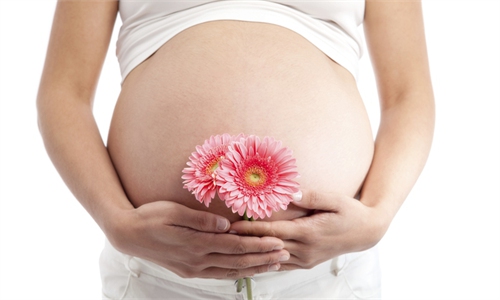47% of infertile women in 9 low and middle income countries suffer intimate partner violence in their lifetime: study

Photo: VCG
The poll revealed intimate partner violence (IPV) against infertile women in nine low and middle income countries (LMICs) reached 36 percent over a 12-month period, while 47 percent experienced it at some point in their lives, Chinese researchers found in a latest study, calling for an intervention at multiple levels to address the issue.
Psychological violence is the most common form of IPV suffered by infertile women, with a prevalence of 24.6 percent over 12 months and 51.5 percent over a lifetime, followed by physical violence, sexual violence and economic coercion according to the study conducted by a team led by Qiao Jie, reproductive physician, biologist and President and Chief Physician of the Peking University Third Hospital, published online on May 11 on The Lancet Global Health.
Infertility, defined as the inability to achieve a clinical pregnancy after 12 months or more of regular unprotected sexual intercourse, has significant implications for the health and wellbeing of couples of reproductive age. Globally, the prevalence of infertility differs greatly due to its varying definition and demographical differences, ranging anywhere from 3 to 30 percent, according to the study.
Qiao's team found that, in China, the prevalence of infertility among women at reproductive age increased from 11.9 percent in 2007 to 17.6 percent in 2020.
The latest study was based on data from nine countries, including Nigeria, Turkey and China. The team examined 11 databases using a comprehensive search strategy to identify studies on IPV among infertile women published between database inception and September 30, 2021, according to the team.
Compared with global estimates from the World Health Organization on IPV for women of reproductive age, married or in a relationship with a partner were 13 percent and 27 percent, respectively, albeit with various differences in measuring tools and subtypes of IPV, the team said that their findings showed that infertile women in LMICs could be more vulnerable to IPV than the general female population.
The results indicated that a high prevalence of IPV against infertile women is evident despite heterogeneity across studies. IPV screening, counseling and structural interventions should be tailored to address this urgent issue at multiple levels of society, the team concluded.



